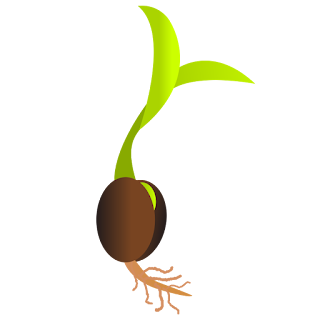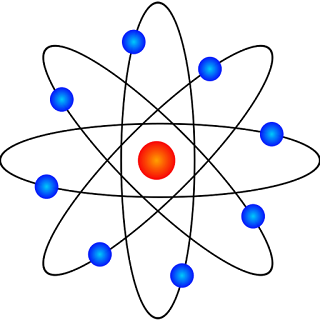After completing a tough task many people show their exhaustion by bending their fingers and producing that popping sound. Some people do it out of boredom and some do it for fun. But what is it that produces this sound? Many theories have been given like rapid stretching of ligaments and intra-articular adhesion being broken, but the theory of cavitation is most plausible.
Joint anatomy- Our joints consists of two bones coming together without touching. If the bones touched then they would grind against each other with time. Our bones are covered by articular cartilage and the space between joints are filled with synovial fluid. This fluid acts as a lubricant and is produced by synovial membranes. The synovial fluid consists of many dissolved gases, mostly oxygen and carbon dioxide. These gases play an important role in knuckle cracking.
Cavitation- To produce that popping sound, we stretch the joints. This stretching moves the bones away from each other, increasing space between them but the amount of synovial fluid remains the same. Now, by increasing the volume, the pressure is reduced and this reduces the solubility of gases. This is the same thing which happens when you open a soda bottle and dissolved carbon dioxide fizzes out because of fall in pressure. But inside a joint, dissolved gases can not escape the joint and hence form a bubble. This formation of bubble produces that popping sound which you hear while cracking knuckles. Some scientists believe that there might be actually two sounds, one when a bubble is formed and another when it bursts. It takes about twenty to thirty minutes for the gases to dissolve back in the fluid. This is the reason why you can not pop the same joint again for some time.
Is cracking knuckles harmful?- Some people believe that cracking knuckles repeatedly leads to arthritis but there is not a lot of scientific data available on the topic. One study found no such relation between knuckle cracking and arthritis. According to another study, repeated knuckle cracking may affect soft tissues surrounding the joint. In 2009, a doctor named Donald Unger received Ig Noble prize for conducting an experiment on this subject. The Ig Noble prize honours research that makes people laugh and then think. He popped the knuckles of his left hand, but not the right hand, for sixty years. His left hand did not develop any issue.
So, next time you pop your knuckles, remember that, it is possible because of dissolved gases in your synovial fluid which is playing this sound at your command. We know now that whether you are popping a bubble wrap for time pass or popping your knuckles, both have one thing in common, the bubbles.
References-
http://health.howstuffworks.com/human-body/systems/musculoskeletal/question437.htm
http://www.scientificamerican.com/article/what-makes-the-sound-when/
http://www.livescience.com/9729-knuckle-cracking-ig-nobel-prize.html
https://en.wikipedia.org/wiki/Cracking_joints














